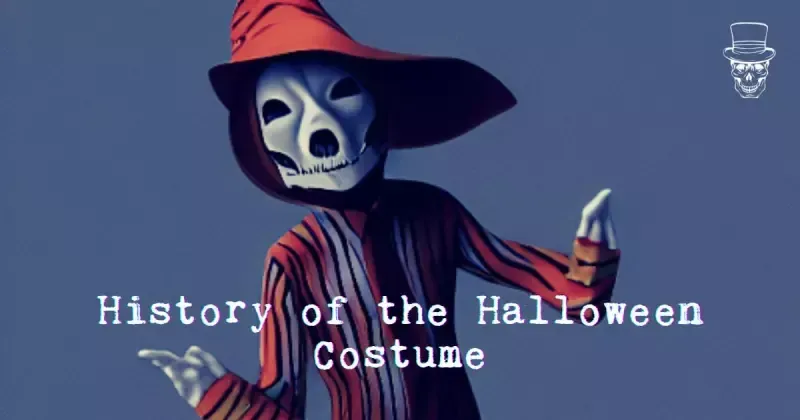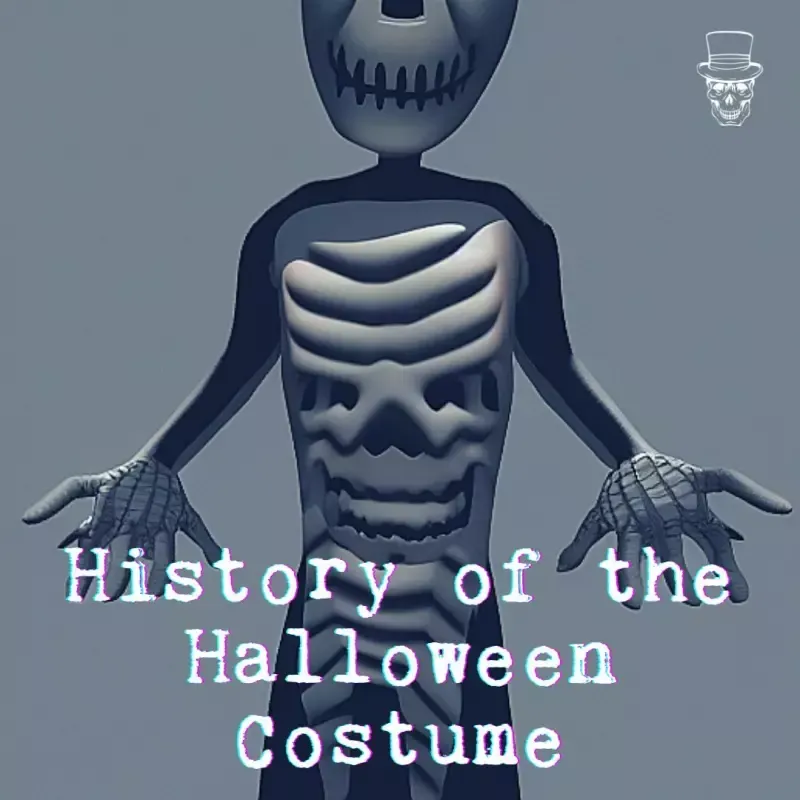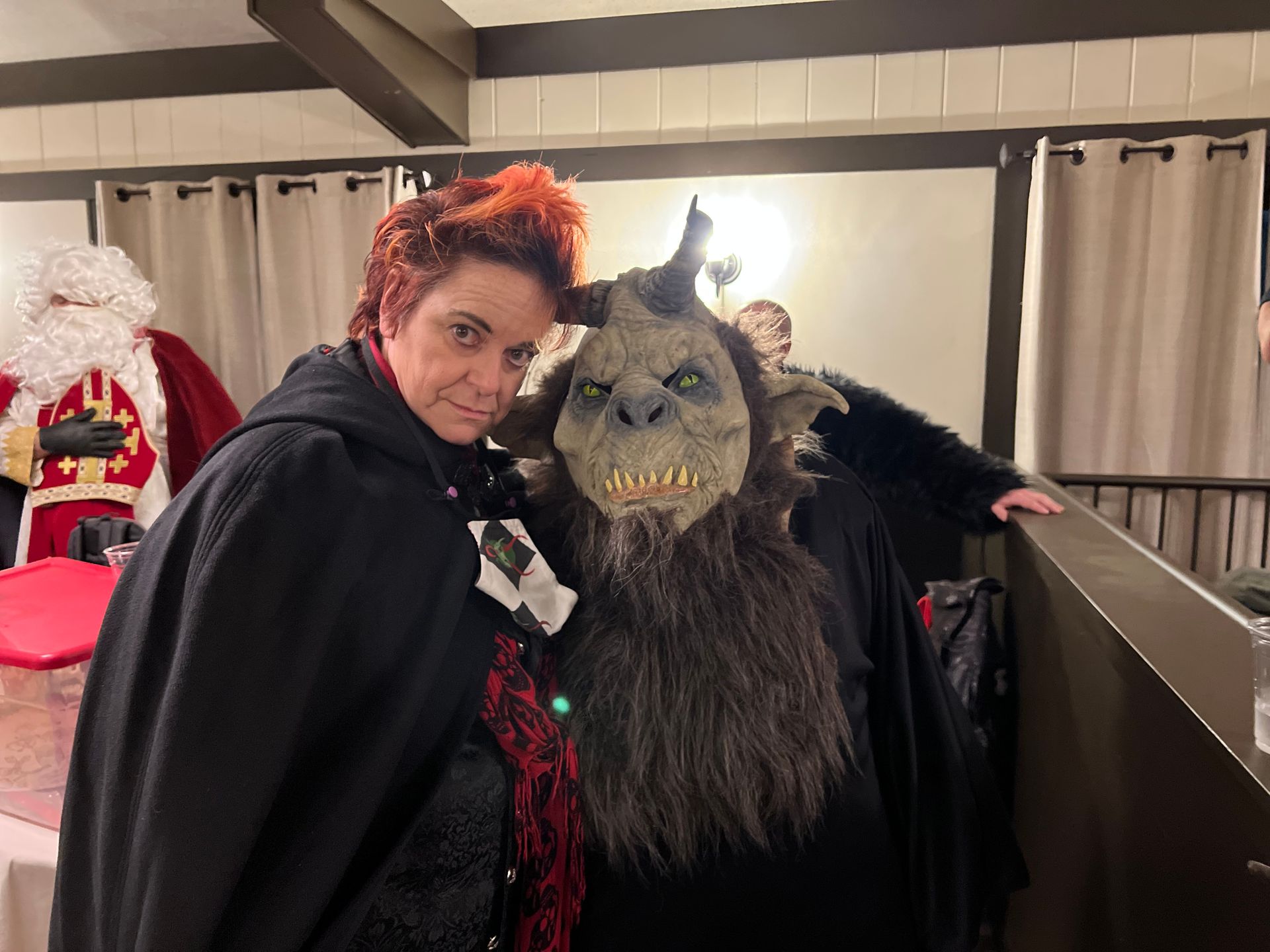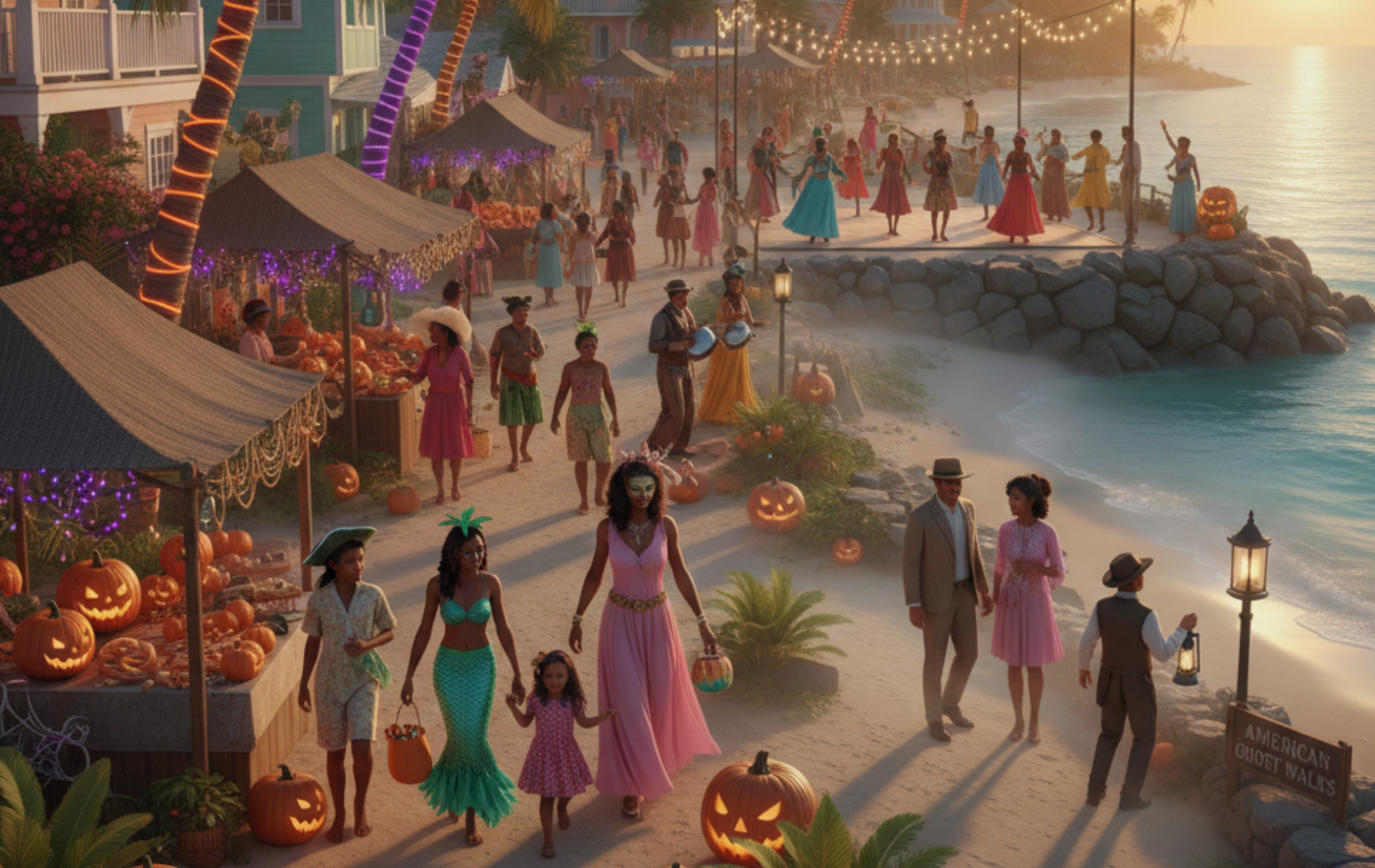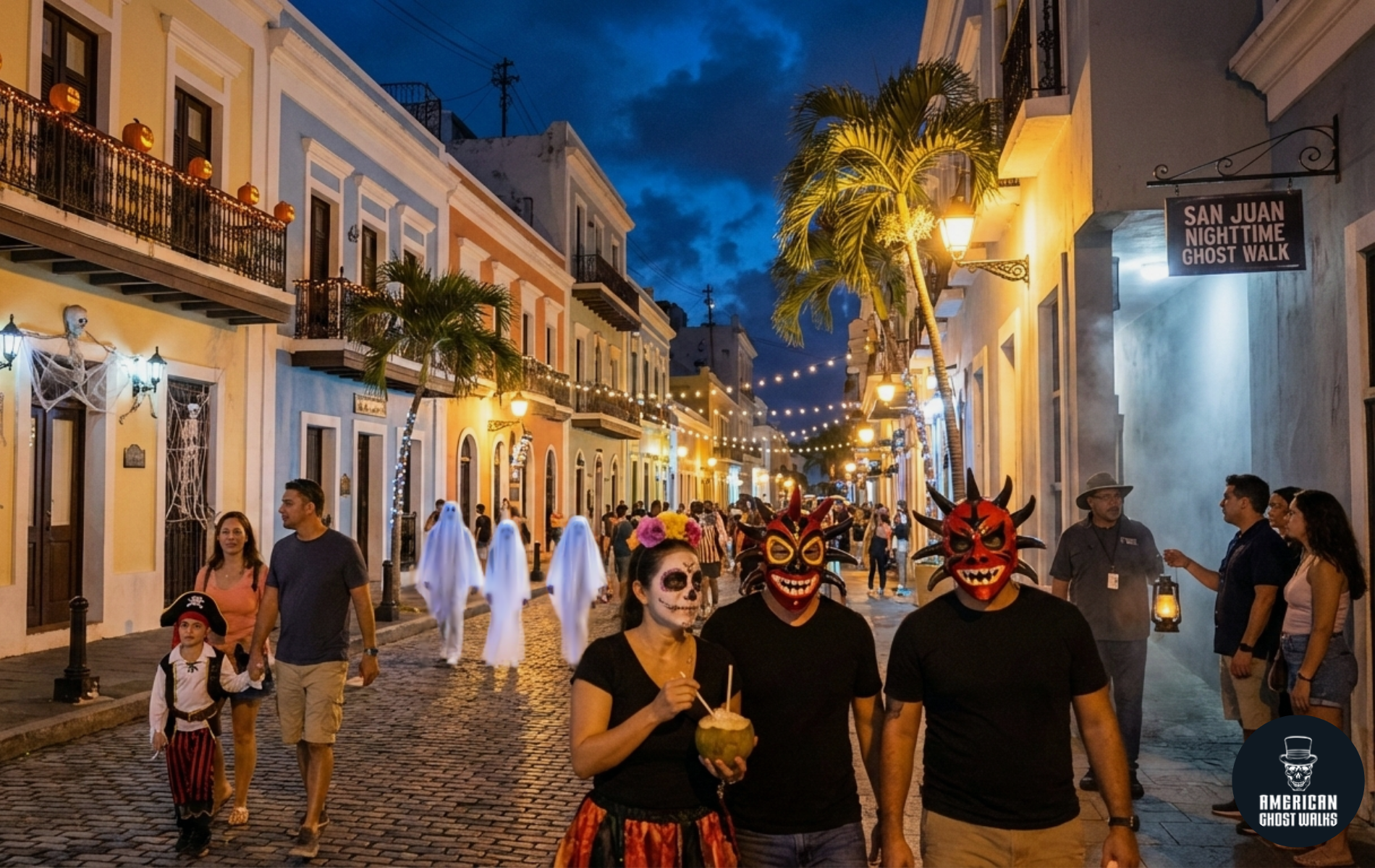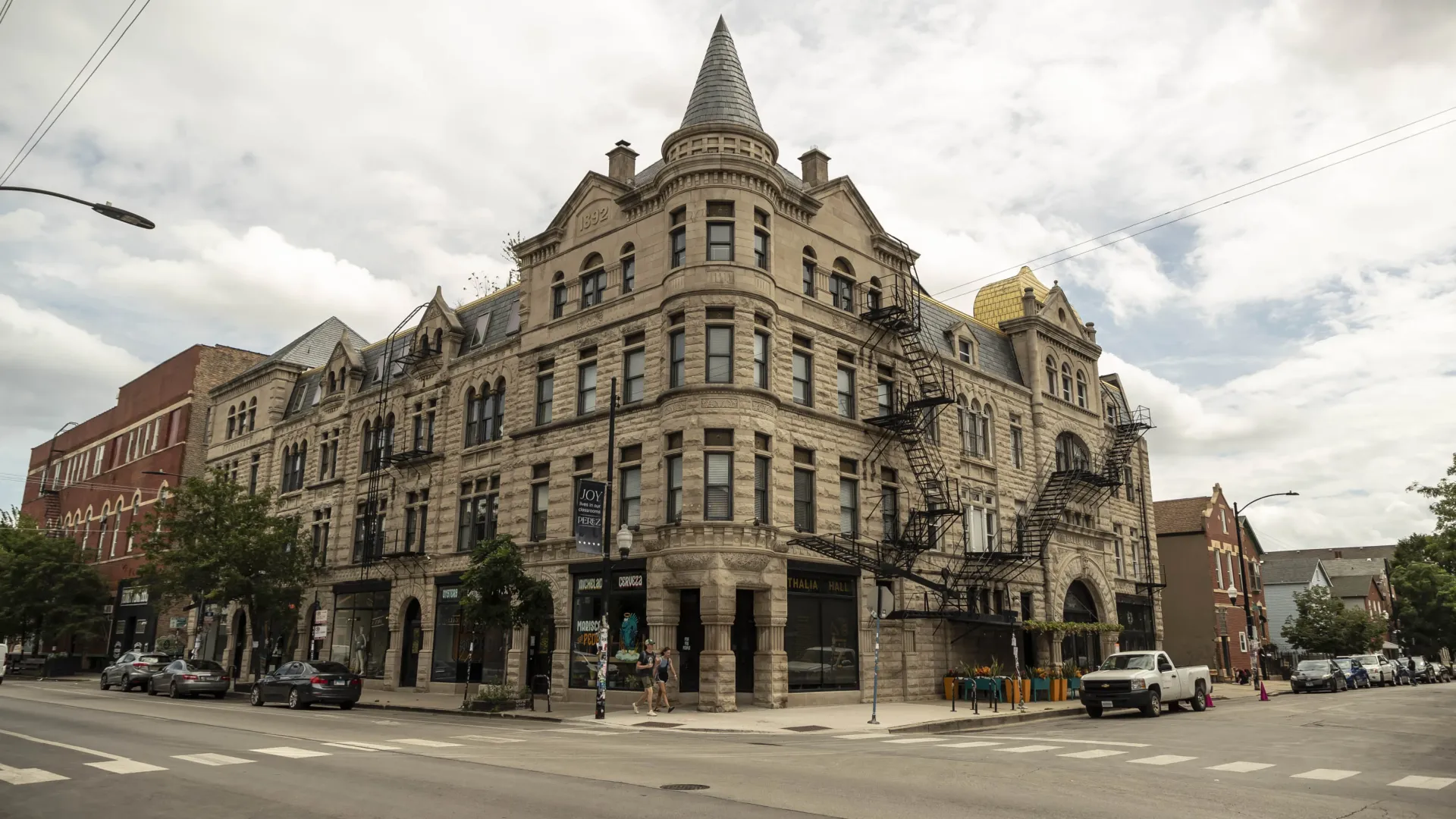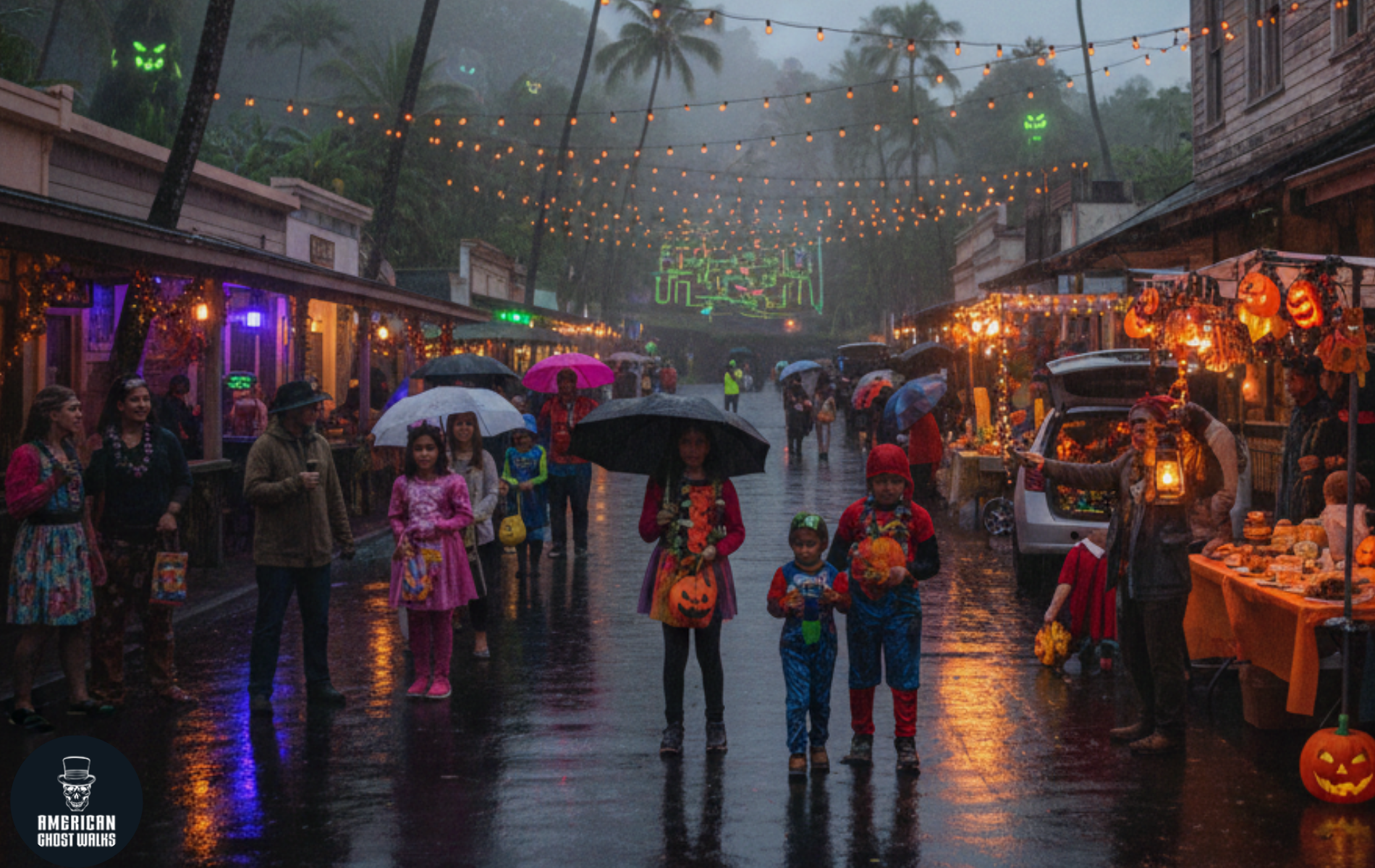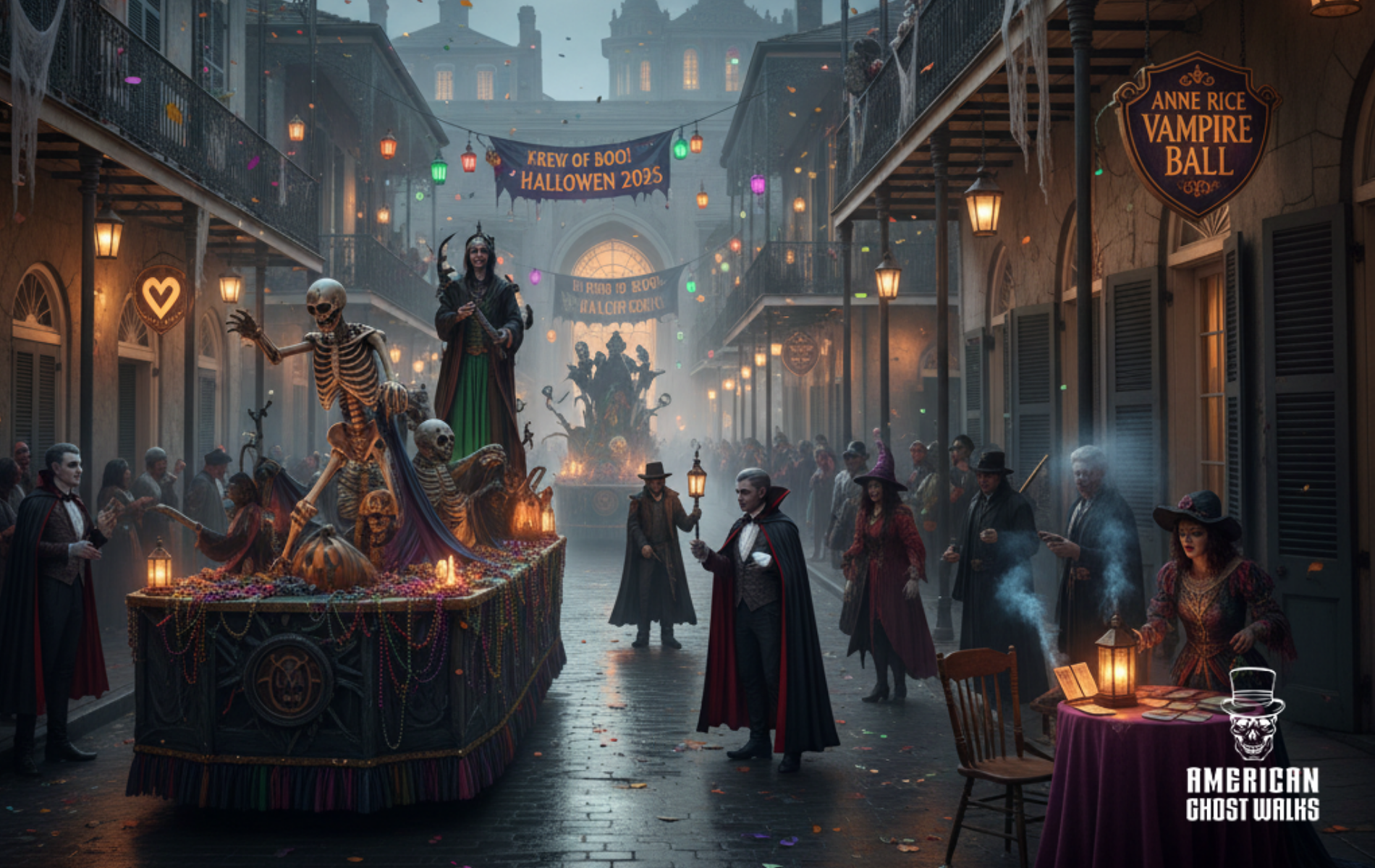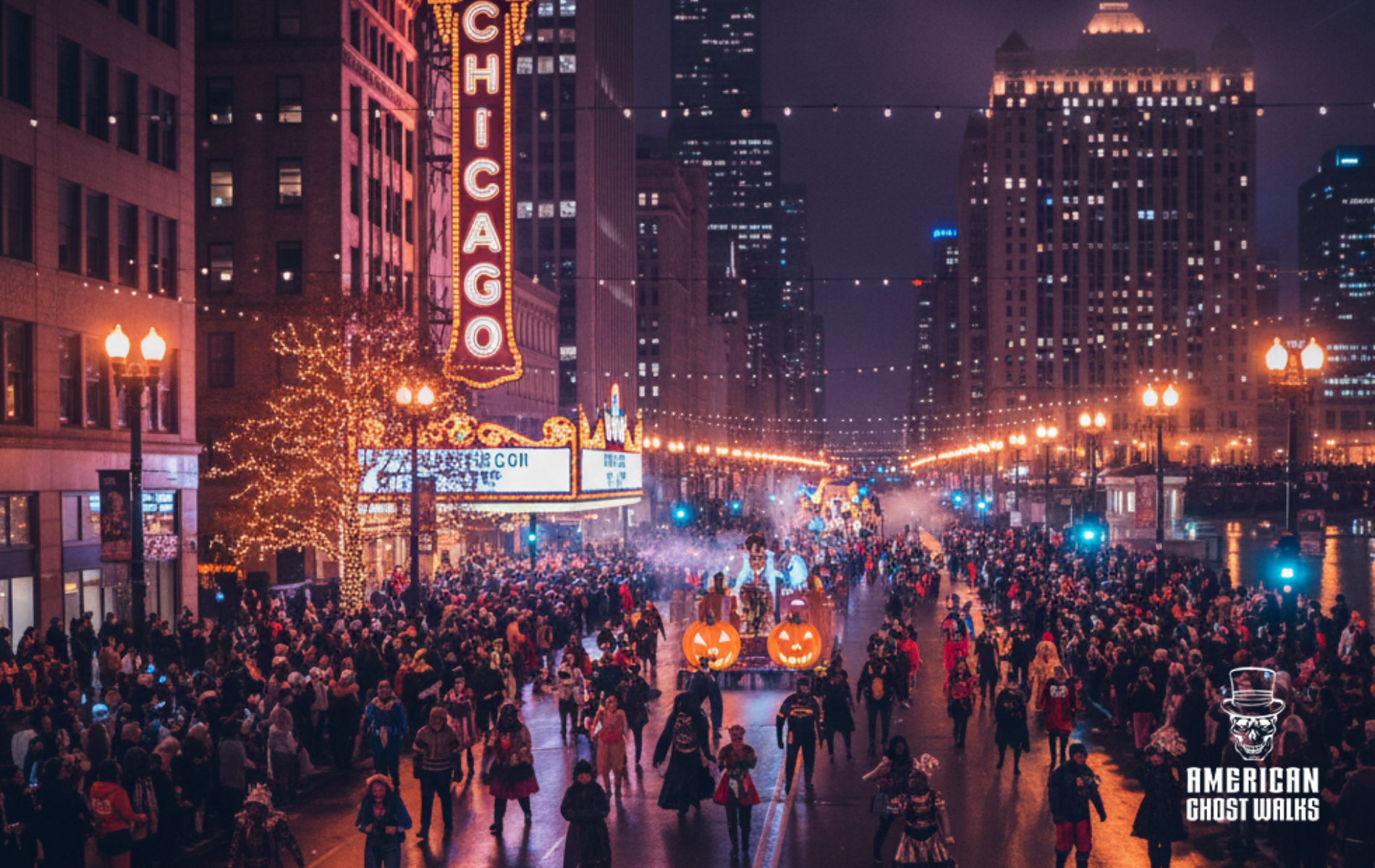History of the Halloween Costume
Halloween is a magical and spooky time of year that almost everyone embraces. Goblins, ghouls, and ghosts are accepted, and people love dressing up as whatever they desire. We enjoy being scared by haunted houses, creepy movies, and other people’s costumes. Having parties, decorating, carving pumpkins, and taking kids trick-or-treating are parts of modern traditions.
The holiday has deep roots that most people don't know about anymore. The beginning of the holiday as well as its transformation to what it has become is a fun journey to take if you’re into Halloween costumes, like we are. Check out the evolution of Halloween and the accompanying costumes.
Ancient Origins- Samhain
The tradition of Halloween started with the ancient Celtic festival of Samhain. This festival included lighting bonfires and dressing in costumes in order to ward off malevolent ghosts. About 2,000 years ago, the Celts lived in the area that now comprised Ireland, northern France, and the United Kingdom.
They celebrated their new year on November 1st, which signified the end of summer. The winter was often connected with death. During the night before the new year, they believed that the boundary separating the world of the living and the dead would become blurred, so ghosts would return to earth. These spirits were believed to cause problems but also make it easier for the priests, or Druids, to predict the future.
While departed loved ones were welcomed, other spirits, such as elves and fairies, were anticipated as well. Due to the possibility of an unwanted spirit showing up, people would darken their faces with ashes from the bonfires, which later turned into wearing masks.
If you saw someone you wanted to talk to, you could reveal yourself, but otherwise, you were protected from the dark forces. Imagine the anticipation of waiting for a lost loved one to show up. Many people would give almost anything to talk to someone who died just one more time. Whether this was actually accomplished or not will always be a mystery, but it is a sentimental idea that really appeals to our emotions.
The masks also served as a way to play tricks on others and get away with it. The point was to be completely in disguise so no one could recognize you.
Costumes for Sacrifice
People gathered around sacred bonfires built by Druids to sacrifice animals and crops to their gods. They told each other’s fortunes while wearing costumes of animal skins and heads, which sounds gross but isn't that far off from what we do now. They also made lanterns by hollowing out gourds, which helped lead to the jack-o’-lantern. It was a spooky and fun night from the very beginning.
The Roman Empire took over most of the Celtic territory by 43 A.D. During their rule, Samhain was combined with two Roman festivals, Feralia, which honored the passing of the dead, and Pomona, the fruit and tree goddess.
Since Pomona is symbolized by an apple, this could be why bobbing for apples is common during Halloween. It actually became a popular fortune-telling game where each apple would represent suitors, and the one that she picked would be her future husband. Another tradition was peeling an apple in one continuous strip, and then the woman would throw it over her shoulder. Whatever letter the peel landed in was the first letter in her future husband’s name.
Mirror-gazing was also a popular ritual that people hoped would help them see a vision of their future. They would light the mirror with candlelight to see a woman’s future husband’s face. These games may have been just for fun or taken seriously. Imagine being able to find out who you were going to marry just from a simple game of bobbing for apples.
All Saint's Day Costumes
The church appointed November 2nd as All Souls’ Day in 1000 A.D. to honor the dead. Many believe this was to counteract Samhain with a church-sanctioned holiday. Traditions were similar to Samhain with costumes and bonfires. These costumes started out as saint, devil, and angel costumes. The night before began to be called All Hallows Eve and then Halloween.
Halloween's Introduction to America
Immigrants coming to America in the second half of the 19th century, such as the Irish trying to escape the Irish Potato Famine, began to fully bring Halloween to America. Things began to shift and the focus of the holiday moved away from ghosts and fortune-telling to getting together for parades and parties with friends and family.
In 1921, the first official Halloween celebration happened in Anoka, Minnesota. As more cities joined in, costumes began to show up in different shops during the 1930s. The word “Halloween” became popular because of a poem written by Robert Burns in 1785.
Costumes started to shift a bit more and those in rural America embraced the Pagan roots. They wore scarier costumes made with whatever they had at home, such as, makeup, sheets and masks.
Trick-or-Treating and Costumes
The history of trick-or-treating began with children asking for “soul cakes,” which were similar to biscuits. It began as an All Souls’ Day tradition but later moved to Halloween night. During the early to mid-1900s, people would give children treats so they would not be pranked.
The tradition of playing tricks on Halloween was well-established by the late 1800s. These tricks included egging houses, tipping over outhouses, and opening farmers’ gates for livestock to escape. Once the 1920s and 1930s hit, the vandalism got more serious.
Costumes changed from tributes to saints to pranksters dressing in scary costumes to frighten their neighbors. In both Ireland and Scotland, children wearing costumes and going door-to-door for treats was a traditional custom.
During the early 20th century, Halloween parties became popular. Halloween-themed haunted houses began showing up in the 1930s as well. Halloween began to turn being scared into something fun. Thrill-seekers found another way to satisfy their desire to be spooked.
Masquerades and Pop Culture Costumes of the 1920s and 1930s
Halloween parties in the form of masquerades began to gain in popularity in the 1920s and 1930s for both adults and kids. People would rent out salons or host elaborate parties at family homes.
During the same time, costumes influenced by pop culture began to gain in popularity. Halco began to license fictional characters' images. These characters included Mickey Mouse, Popeye, Little Orphan Annie, and Olive Oyl. This practice has only expanded, and now there are many characters that you can dress up as for Halloween.
Wearing costumes of people on the outskirts of society also became popular. People began to dress as pirates, homeless people, and gypsies.
Showing Our Faces Again
After World War II ended, it was superheroes who became popular. In the 1960s, masks began to decrease in popularity, and adults would often opt to show their faces when dressing up instead. You could now play a lighter version of yourself or physically make yourself into characters. Despite the trend to show our faces, there was still room for the scary costumes, especially when the horror films of the 1970s and 1980s hit.
When you look at costumes now, there is a huge mix of all of the things above. Pop culture costumes shift along with the times, but there are staples such as the witch, black cat, and vampire, which will always be associated with the holiday.
Halloween is a fun time of year filled with costumes, parties, and treats. Getting to dress up as whatever you want offers a sort of freedom that you don’t get any other time of year. Seeking out spooky adventures is encouraged. It is another great holiday that you can spend celebrating with your friends and family. Whether they’re deceased or not.
To experience eerie tales and haunted history firsthand, join us on our Ghost Walk Tours, available in various locations across North America. Whether you're looking for a thrilling night out or a unique way to bond with your team, our tours make for an unforgettable experience.
We also offer corporate events tailored for groups looking to add a spooky twist to their gatherings! Learn how a ghost tour can be the perfect team-building activity
here and explore our
corporate event packages to plan a ghostly adventure today!

